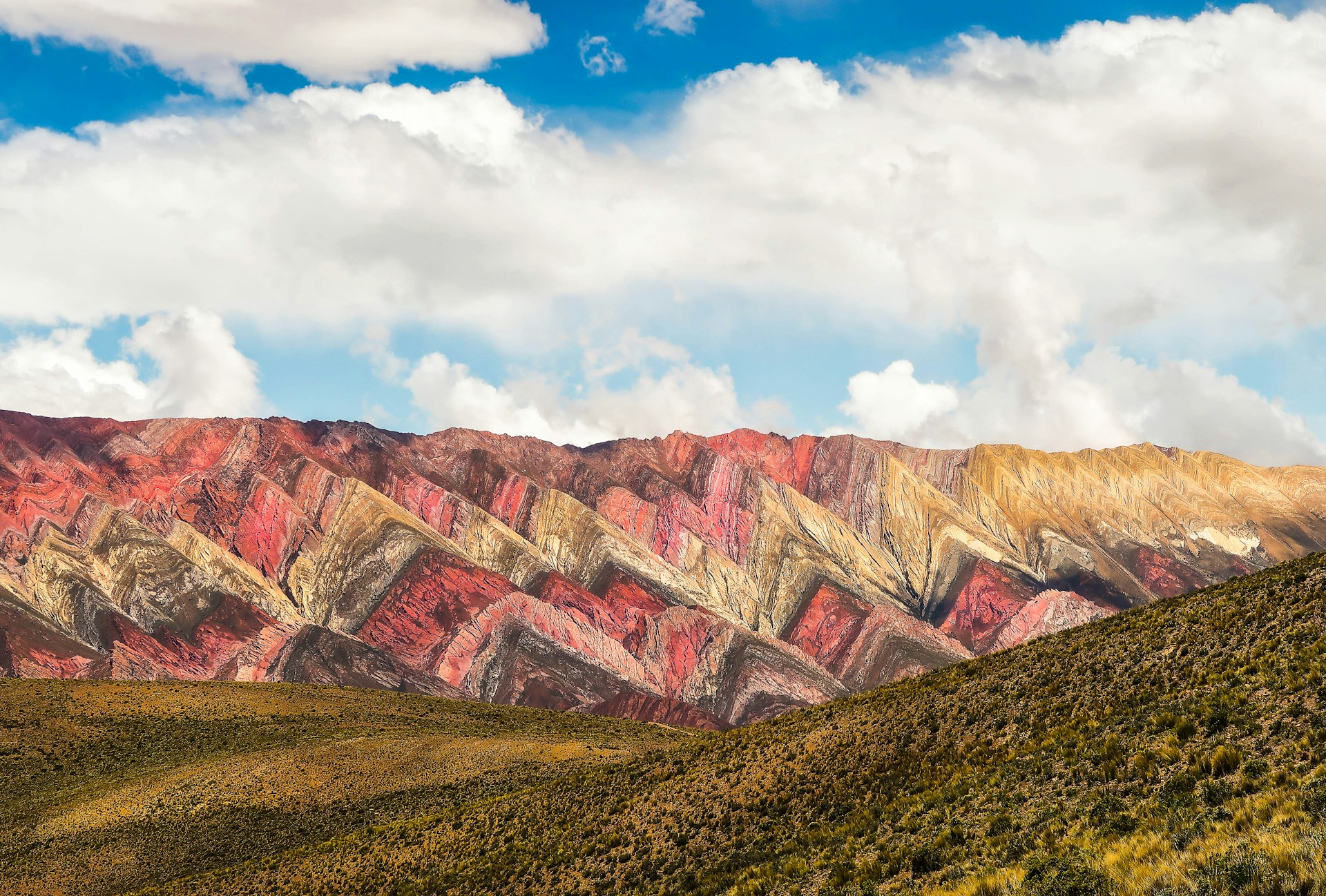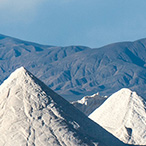NOA Lithium Brines: Speculative Argentinian Play Offers Big Upside Potential

NOA Lithium advancing lithium brine project in Argentina with strong growth potential. Maiden resource, 2024 drilling to drive re-rating. Spec buy for lithium exposure.
- NOA Lithium Brines is an exploration company developing lithium brine assets in Salta, Argentina
- Argentina has favorable mining policies and sits in the "Lithium Triangle" with Chile and Bolivia
- The Company published maiden resource for its flagship project Rio Grande of 2.3Mt LCE @612 mg/l of lithium, exploring only 12% of property so far
- NOA Lithium plans to expand resource in 2024 for its flagship project through further drilling, targeting doubling of resource
- The project's concentration de-risks the development allowing the use of a conventional evaporation process.
Emerging Lithium Developer in Argentina
NOA Lithium Brines is a lithium development company that presents an intriguing opportunity for investors looking to gain exposure to the rapidly growing lithium market. With its assets located in the lithium-rich Salta province of Argentina, NOA Lithium is well-positioned to benefit from the country's favorable mining policies and geological potential. Despite a challenging market environment for lithium companies over the past year, NOA Lithium has made steady progress in advancing its flagship Rio Grande project.
Interview with Chief Executive Officer, Gabriel Marcelo Rubacha
Advantageous Location in Argentina's Lithium Triangle
One of the key advantages of NOA Lithium Brines is its location in Argentina, which forms part of the renowned "Lithium Triangle" along with Chile and Bolivia. This region is estimated to hold over half of the world's lithium resources. Historically, lithium production has been dominated by Chile, but Argentina is quickly emerging as a top jurisdiction for new lithium development.
According to Gabriel Rubacha, CEO of NOA Lithium, "Argentina has a good opportunity to become a major lithium player in the next few years." He highlights that "the conditions in terms of policies are much better than in the rest of the triangle," with lithium resources belonging to the provinces, which are very supportive of mining development. This favorable policy environment gives Argentina a competitive advantage in attracting lithium investment.
Maiden Resource and Significant Exploration Upside
NOA Lithium Brines has delivered impressive results in a short period of time. The company went public just a year ago and has already published a maiden resource estimate of 2.3 million tonnes of lithium carbonate equivalent (LCE) at its Rio Grande project. Notably, this resource was delineated by drilling only 12% of the company's mining properties, suggesting substantial potential to grow the resource base.
"We've explored just 12% of our mining properties," states Rubacha. "We plan to continue drilling properties that we haven't explored yet."
The company is targeting a doubling of its lithium resource through further drilling in 2024, with a particular focus on the southern portions of the property. Positive drill results could provide significant catalysts for the stock.
Evaporation vs Direct Lithium Extraction
As NOA Lithium Brines advances Rio Grande, a key technical consideration will be the choice between traditional evaporation ponds and direct lithium extraction (DLE) processing methods. Evaporation ponds are the conventional approach and are well-suited for brines with higher lithium concentrations, while DLE is an emerging technology that can achieve higher recoveries from lower-grade brines.
With an average lithium concentration of 612 mg/L, the Rio Grande brines are at the higher end of the middle range by Argentinian standards. This gives NOA Lithium the flexibility to pursue either the evaporation or DLE route, significantly reducing the development time of the project. Management is currently favoring evaporation as the lead process option, given the greater technological and operational risks associated with DLE at this stage.
Water Management Considerations
As with any lithium brine project, effective water management will be crucial for NOA Lithium Brines. Evaporation ponds have the benefit of lower water and power consumption compared to most DLE processes. Rubacha explains, "Traditional process doesn't require more volume of water than other DLE. Probably depending on the process, DLE requires more water in order to process."
NOA Lithium is proactively addressing its water needs by identifying water sources within its own mining properties.
"We are doing geophysics," says Rubacha. "We are identifying water sources within our properties, which we've already identified. So we've got that in our radar and it's part of the exploration campaign in 2024."
Securing a sustainable water supply within the project area would de-risk the operation and avoid potential conflicts with local communities.
2024 Milestones & News Flow
Looking ahead, NOA Lithium is targeting several key milestones in 2024 that could drive a re-rating of the stock:
- Resource Expansion: The top priority is growing the lithium resource through drilling, with a goal of doubling the current resource base. Drill results will be a key news flow item to watch.
- Process Engineering: In the second half of the year, NOA aims to develop a conceptual flow diagram and engineering plans for its lithium processing facilities.
- Water Source Confirmation: Securing water sources within the company's properties will be another important milestone, likely in the early to middle part of the third quarter.
In terms of upcoming catalysts, Rubacha notes, "We plan to start drilling probably in the second quarter of this year, start drilling in the South, and see how it goes. But we are confident that we've got a very strong, robust project in Rio Grande."
Summary & Takeaways
NOA Lithium Brines offers speculative investors a compelling opportunity to gain leveraged exposure to the lithium market. The company's Rio Grande project in Argentina benefits from its location in the Lithium Triangle, favorable provincial mining policies, and strong exploration upside. A major drilling program aimed at doubling the lithium resource in 2024, along with progress on process engineering and water sourcing, could drive a re-rating of the stock over the next 12 months. While lithium market volatility and project risks cannot be ignored, the current valuation arguably reflects limited credit for the company's achievements, current resource estimate and future growth potential. Overall, NOA Lithium Brines is a lithium developer to watch.
The Investment Thesis for NOA Lithium Brines
- Exposure to rapidly growing lithium market through attractive Argentinian brine assets
- Maiden 2.3Mt LCE resource with substantial exploration upside (only 12% of property drilled)
- Flexibility to pursue proven evaporation processing or DLE technology
- Water source identification underway to secure sustainable project water supply
- Targeting doubling of lithium resource in 2024 through expanded drill program
- Potential catalysts include drill results, process engineering, and water source confirmation
- Experienced management team with strong technical capabilities
- Attractive entry point with stock at IPO price despite major de-risking over past year
Risks to Consider
- Lithium price volatility and availability of development capital
- Technological and scale-up risks, especially with direct lithium extraction
- Potential timeline delays in expanding resource and advancing project engineering
- Water availability and sustainability
- Inflation in Argentina and global economic uncertainty
Lithium Outlook
The outlook for the lithium market remains highly promising, driven by the accelerating global transition to electric vehicles and renewable energy storage. Demand growth is expected to be robust, with many forecasts calling for a five-fold increase in lithium consumption by 2030. Argentina is poised to play an increasingly important role in meeting this demand, leveraging its vast lithium resources and pro-mining policies.
Within Argentina, the Salta province stands out as a lithium hot spot, attracting a growing number of development-stage companies.
"We share the same range of mountains with Chile. Chile has been very successful in mining as the largest producer of copper. We've got several copper projects in Argentina waiting to be exploited. So I think it's a good opportunity."
This combination of geological prospectivity, favorable mining regulations, and growing investment in Argentinian lithium brine projects bodes well for the long-term outlook. For investors, the Lithium Triangle and Salta province will likely be a key area of focus in the years to come. As Rubacha sums up the opportunity, "I think that in comparison with Chile and Bolivia, Argentina has got a good opportunity to become a major lithium player."
Analyst's Notes




Subscribe to Our Channel
Stay Informed


















